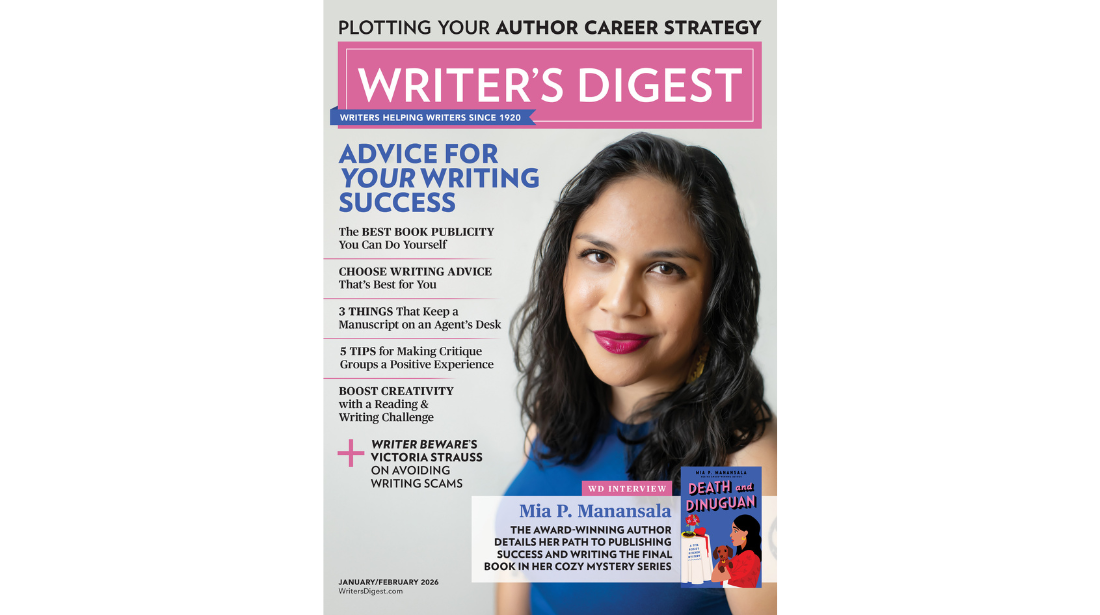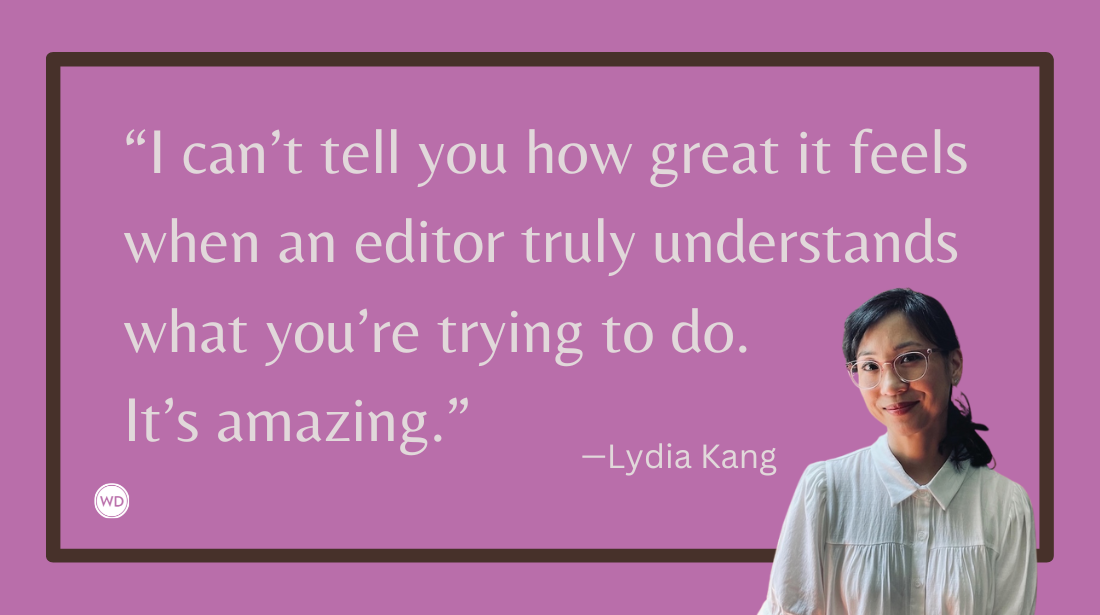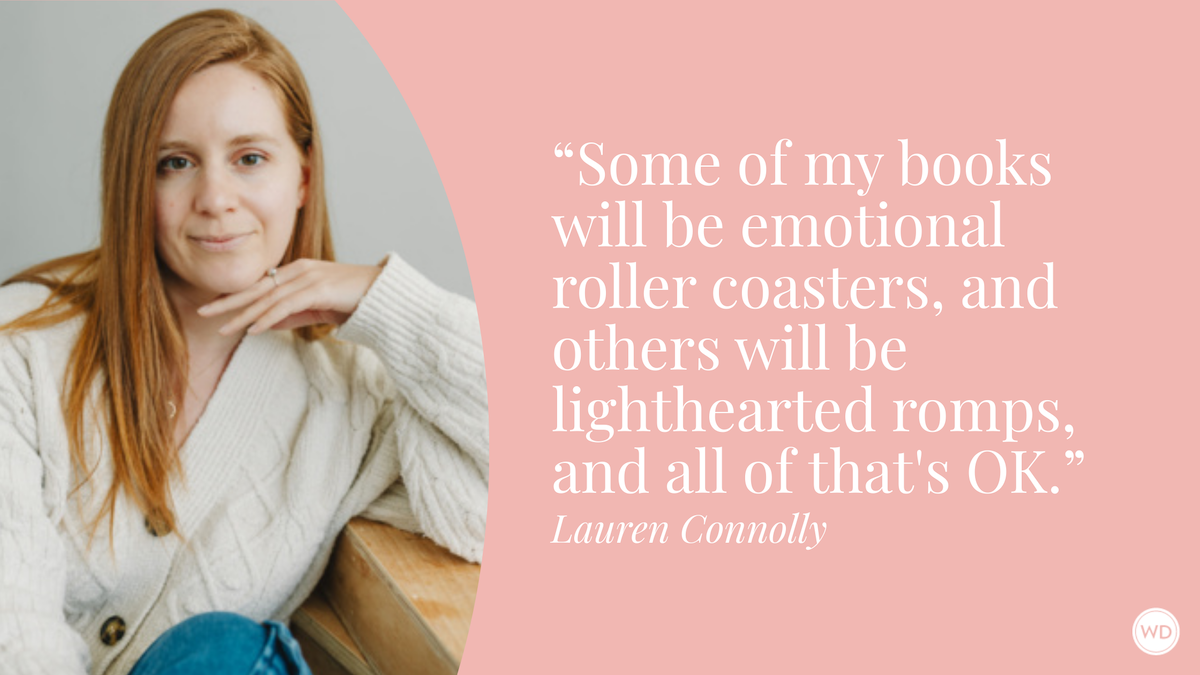How to Use Cliffhangers (And Not Make Readers Hate You)
Bestselling author Charlie N. Holmberg shares how to use cliffhangers in your stories in a way that makes readers happy (and not enraged).
Envision it: You’re sitting in your favorite armchair, literally on the edge of your seat as you come upon the end of your first five-star book of the year. It’s building, it’s glorious, and you turn the page—
—to the Acknowledgements?
Yes, you just got cliffhangered.
There are two vital reasons an author uses a cliffhanger at the end of a book—the larger being that it hooks the reader and makes them desperate to pick up book number two. The lesser is that, in the scope of the story they want to tell, there isn’t a good cut-off point between books to wrap up everything, temporarily, in a nice bow. But while a cliffhanger may lead your reader by the nose to the next novel, it also makes many readers throw books and leave bad reviews.
So how does one utilize this hung ending without enraging their readership?
First, we need to discuss hooks.
What is a hook?
A hook is a reader magnet. It’s usually one sentence crafted to leave the reader with a burning question that must be answered straightaway, thus leading them to read the next page, the next scene, and the next chapter. Anything to keep momentum going and prevent the reader from putting the book down. I.e., And then he pulled out a gun, or I opened the door to see the most breathtaking sight I’d ever beheld. The questions? Why does he have a gun? What is he going to do with it? Or, what is it she sees? Why is it so captivating? What’s going to happen next???
Boiled down, a cliffhanger is just a hook. But instead of coming at the end of a scene or chapter, it comes at the end of the whole book. But whereas a hook has immediate reader gratification (turning the page), a cliffhanger does not. It involves a trip to the library or bookstore, or, heaven forbid, waiting for the next book to release. No instant gratification = angry readers.
But authors need to hook the reader to the next book, or the series will flop. So where’s the balance? Answer: It’s in reader promises.
What is a reader promise?
It is setting up reader expectation in a book and then meeting that expectation. If I pick up a title labeled as a romance, I am expecting the main couple to have a happily-ever-after at the end. But it’s more than that. If I start a book and the main character has a deathly fear of heights, I’m expecting him to have to face that fear in the book. If the protagonist is set up as the best swordfighter in all the land, I am expecting to see her annihilate someone with her blade.
Reader expectations come in tiers. The highest tier is expectations for the main plot. Lesser tiers include subplots, character arcs, and all the subtle things in between. When I pick up The Serpent and the Wings of Night, by Carissa Broadbent, I am promised from the beginning (and the back cover) that the protagonist will compete in a deadly tournament. That is the central reader promise of the book. The promise that she’ll have a relationship with her tentative vampire ally is secondary.
Understanding this is the key to successful cliffhangers.
You absolutely cannot cliffhanger a central promise. You cannot cliffhanger the main premise of a story. That premise is the entire reason the reader has picked up the book—they need some form of satisfying ending to that promise.
However, you can cliffhanger secondary, tertiary, and so on, promises. Broadbent does just this. While the plot of the tournament is resolved at the end of book two, the plot of the romance with the vampire ally is not. It’s become more complex than we ever could have imagined, creating a new problem, and to resolve that problem, we’ll have to read book 2.
I did not throw The Serpent and the Wings of Night across the room when I finished it. I gave it five stars and snagged book two. And therein lies the beauty of cliffhangers.
So, in a nutshell.
- Identify the promises made to a reader throughout your book.
- Choose anything but the central promise—the main premise—to cliffhanger at the end. This includes promises that aren’t introduced until the 50%, 75%, or even 90% mark.
Make your readers happy, but keep them coming back for more. Hook, line, and sinker.
But mostly hook.
Check out Charlie N. Holmberg's The Shattered King here:
(WD uses affiliate links)









